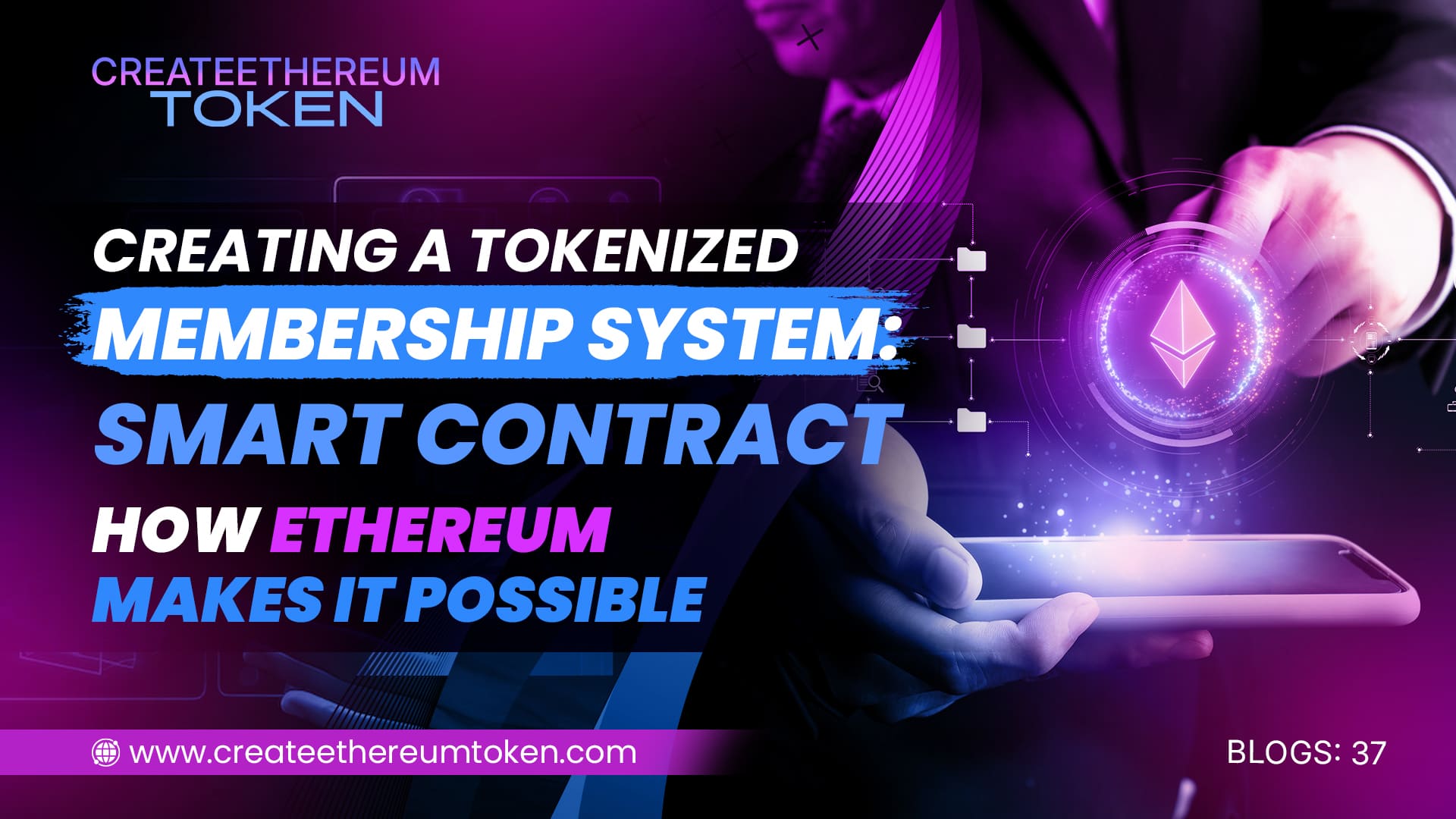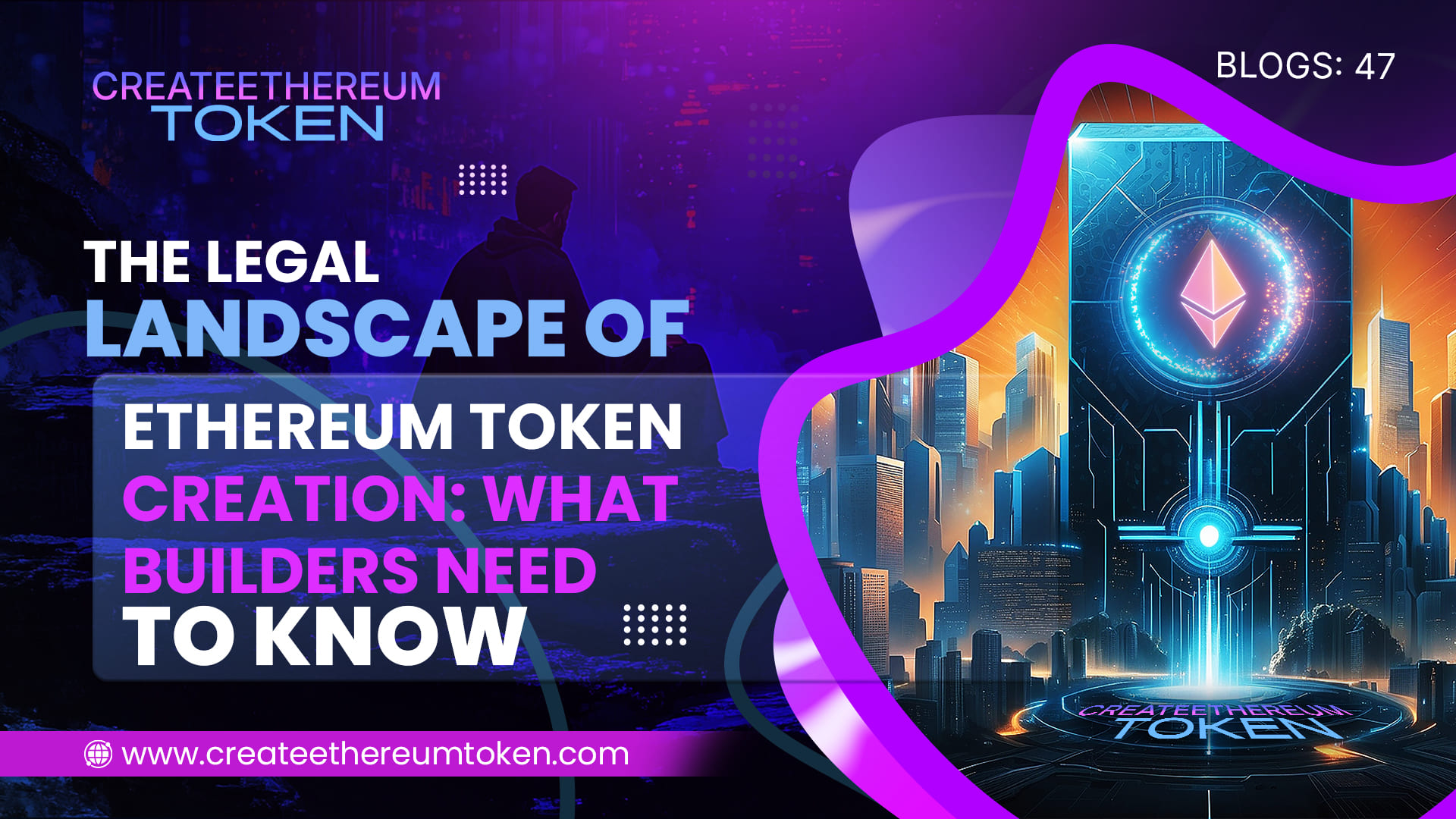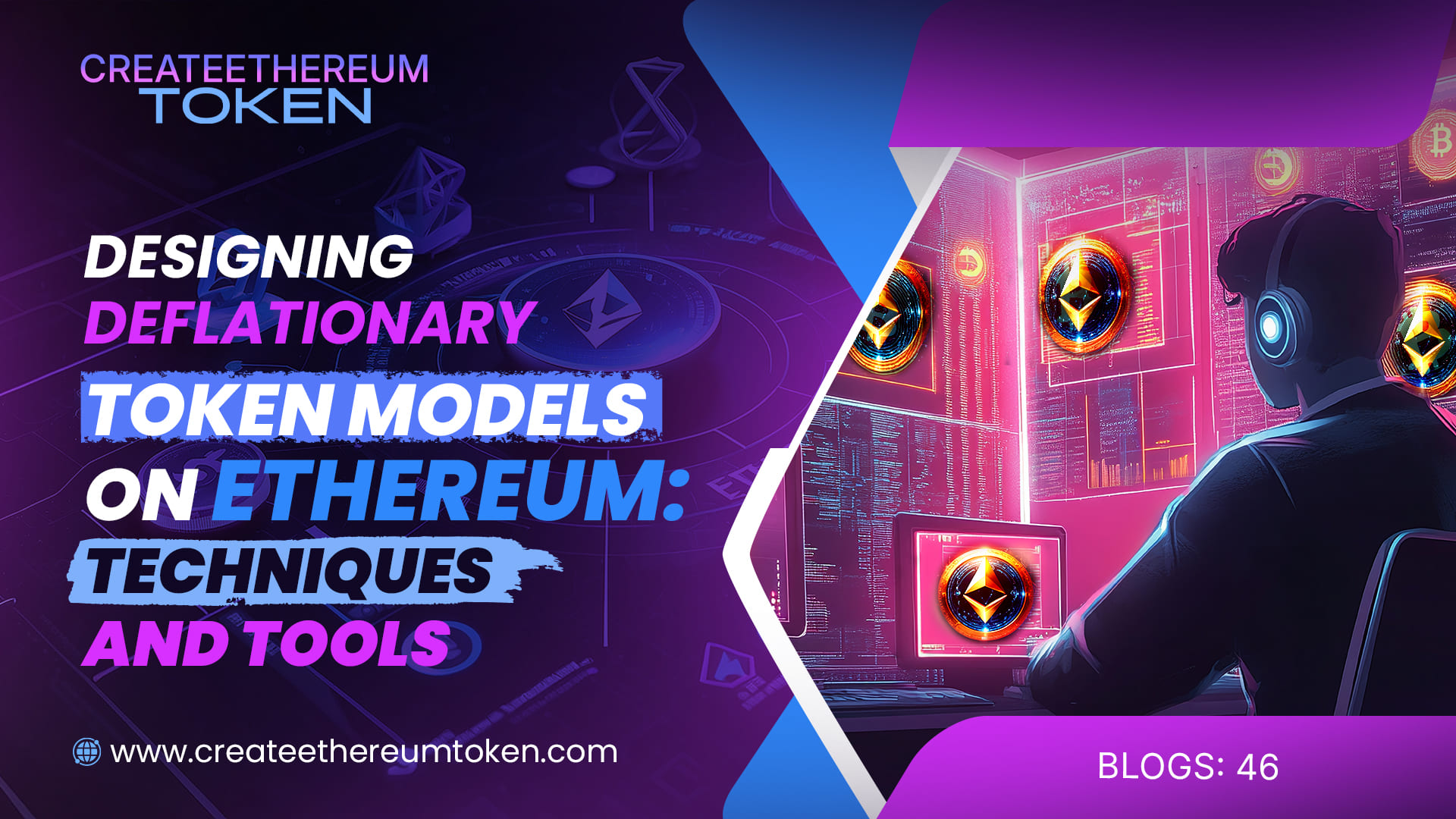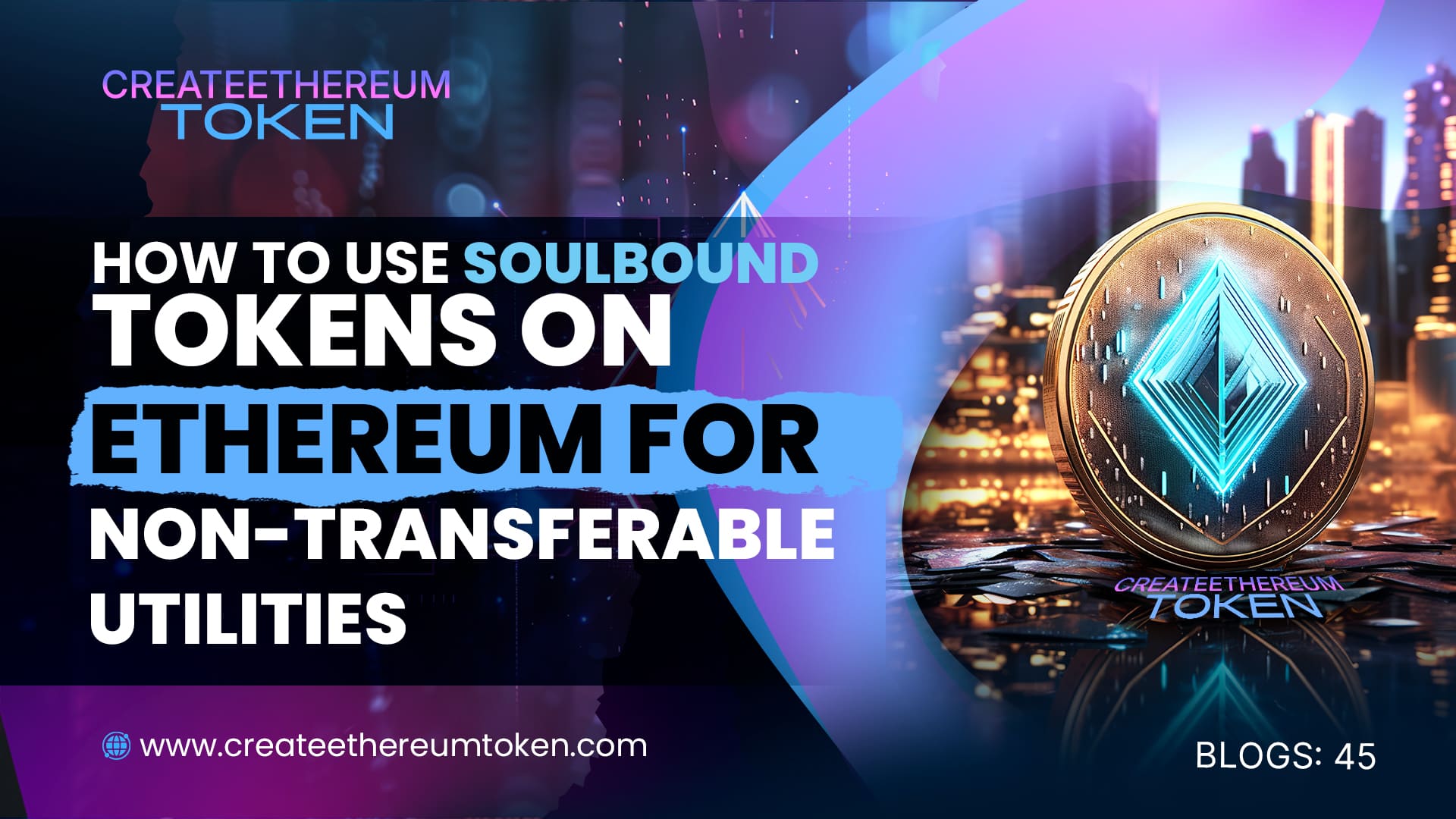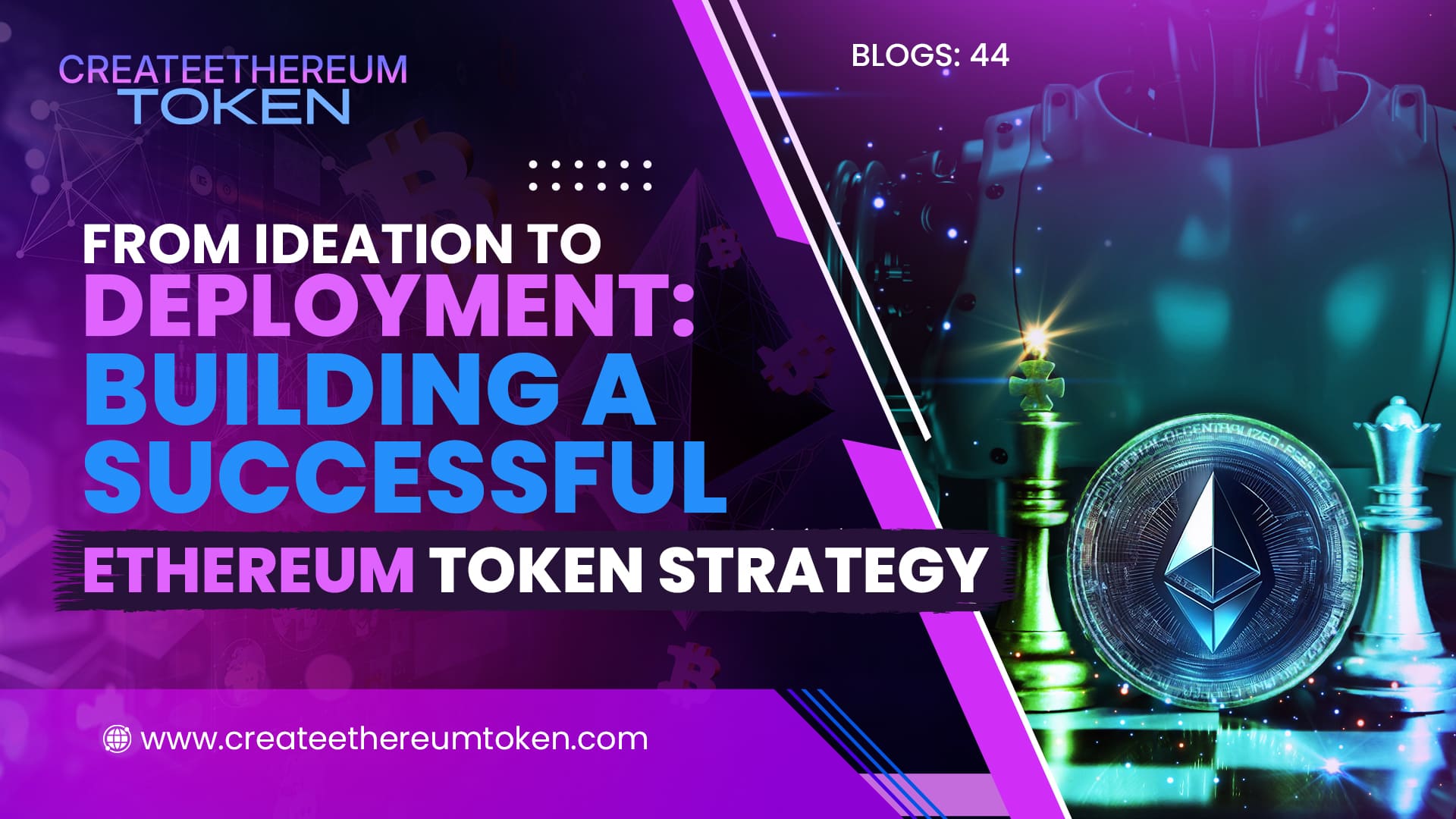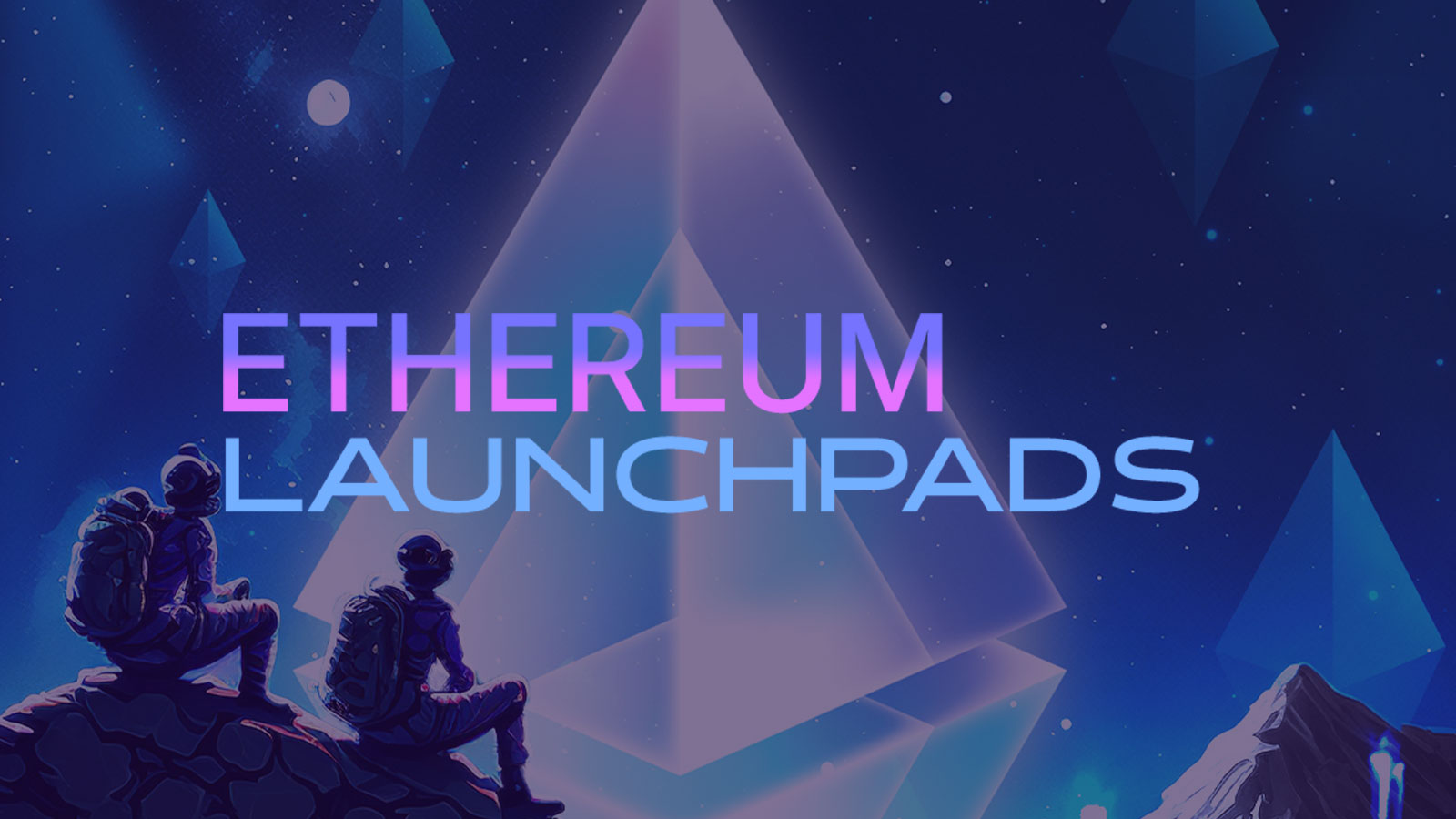March 23, 2025
Creating a Tokenized Membership System: How Ethereum Makes It Possible
Membership programs are evolving from physical cards and centralized databases to on-chain, tokenized systems that provide transparency, interoperability, and automation. Thanks to Ethereum, businesses and communities can now launch membership tokens that provide access, rewards, and governance rights—all secured by smart contracts.
What Is a Tokenized Membership System?
It’s a membership model where access is granted via an Ethereum-based token, typically an ERC-20, ERC-721 (NFT), or ERC-1155. These tokens can represent subscriptions, exclusive content, premium services, event passes, or governance roles in DAOs.
Why Use Ethereum for Memberships?
- Immutable Access Rights – Once a token is in a user’s wallet, they can’t be denied access arbitrarily.
- Automation – Smart contracts can automatically manage renewals, expirations, or tier upgrades.
- Interoperability – Tokens can be used across dApps, platforms, or even physical spaces via QR scanning.
- Tradability – NFTs or ERC-20 tokens can be resold or transferred, creating a secondary market for memberships.
Steps to Build a Tokenized Membership Program
- Choose a Token Standard
- Use ERC-721 for unique, non-transferable passes (e.g., Soulbound NFTs).
- Use ERC-20 for fungible, tiered access tokens.
- Define Access Rules
- Integrate smart contracts with your platform or app to check token ownership before granting features.
- Deploy the Token
- Use platforms like Remix, Hardhat, or Asvoria to launch your contract.
- Distribute Tokens
- Airdrop to members, sell via a launchpad, or issue them with fiat/crypto payments.
Real-World Use Cases
- Content Creators – Give fans access to premium videos, communities, or early drops.
- Web3 Communities – Control DAO access and governance rights.
- Events & Conferences – Issue NFTs as tickets that double as collectibles.
Ethereum’s flexibility makes it the ideal foundation for tokenized membership systems, empowering creators, brands, and organizations to build trustless, programmable access models.
